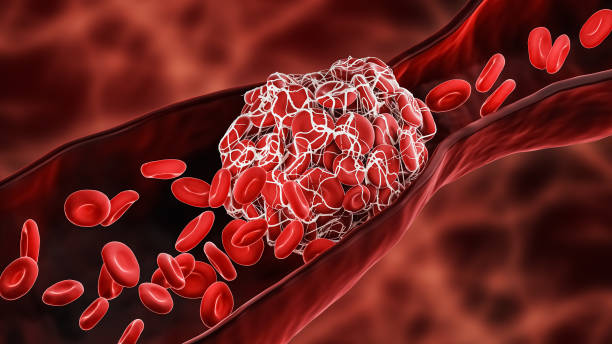I am a 33-year-old relatively healthy female. I don’t smoke, don’t drink, and I am fairly active. On August 19, 2016, I woke up with a headache that refused to subside even with pain medication and acupuncture. The following morning the pain worsened, which then induced vomiting and a drooping eyelid. I went to Urgent Care and thankfully, the doctor took my symptoms seriously, and referred me to the ER for a CT scan.
I felt ridiculous going to the ER for a headache, and I even apologised to the admitting nurse, but within 20 minutes I was in a bed and on IV fluids. The ER doctor started with a stroke test, which I passed with flying colours. Next was a CT scan, which showed a possible blood clot on the right side of my brain.
I was admitted to the ICU, and, after an MRI, a neurosurgeon came in and confirmed I had complete dural venous thrombosis of the right transverse and sigmoid sinus extending into the internal jugular vein and torcula, which in layman’s terms is a massive blood clot. The clot runs from my ear to the middle of my head and down my neck (about 5 inches) and was approximately 1.3cm thick at the time I was diagnosed. In addition to the clot, they found a 1cm tumour on my pituitary gland. I spent a total of seven days in ICU and another critical care unit on IV and oral anticoagulants.
Four months later, I’m still on oral anticoagulants and per my most recent MRI, there’s still a significant clot in the torcula, or the area where my four venous sinuses meet. I have headaches almost daily, as well as pressure behind my right eye. I’ve nicknamed it my “wonky eye” because it now blinks more frequently and still droops on occasion. I’ve tested negative for clotting and hormone disorders, and deep vein thrombosis (DVT) and pulmonary embolism (PE) don’t run in my family. The only explanation my doctors can agree on as the cause of my blood clot is hormonal birth control.

While in the hospital, I signed forms giving my family authorisation to make health decisions for me if I became incapacitated, including organ donation documents, etc. Yet, never for a second did it cross my mind that I could die or become brain damaged from the clot. It wasn’t until I left the hospital that my neurologist told me how amazed the doctors were that a clot that size didn’t rupture the vein. I’m beyond lucky I listened to my body and went to the ER when I did.
My life may have changed on August 20, but I refused to let it change me. I talked to my doctors about what limitations I would have while on anticoagulants, and I decided I wasn’t going to give up the things I love. I just have to be more careful. While on anticoagulants, I completed a 5k mud run, went backpacking, zip lining, to amusement parks and paddle boarding. I will not let the blood clot define me or what I’m capable of doing. As the adage goes, “It’s not what happens to you, but how you react to it that matters.”
For those suffering from DVT and PE, sometimes there’s no good explanation, but how you choose to deal with it makes all the difference in the world.
Reference
Website: https://www.stoptheclot.org/patient-stories/jens-story/

